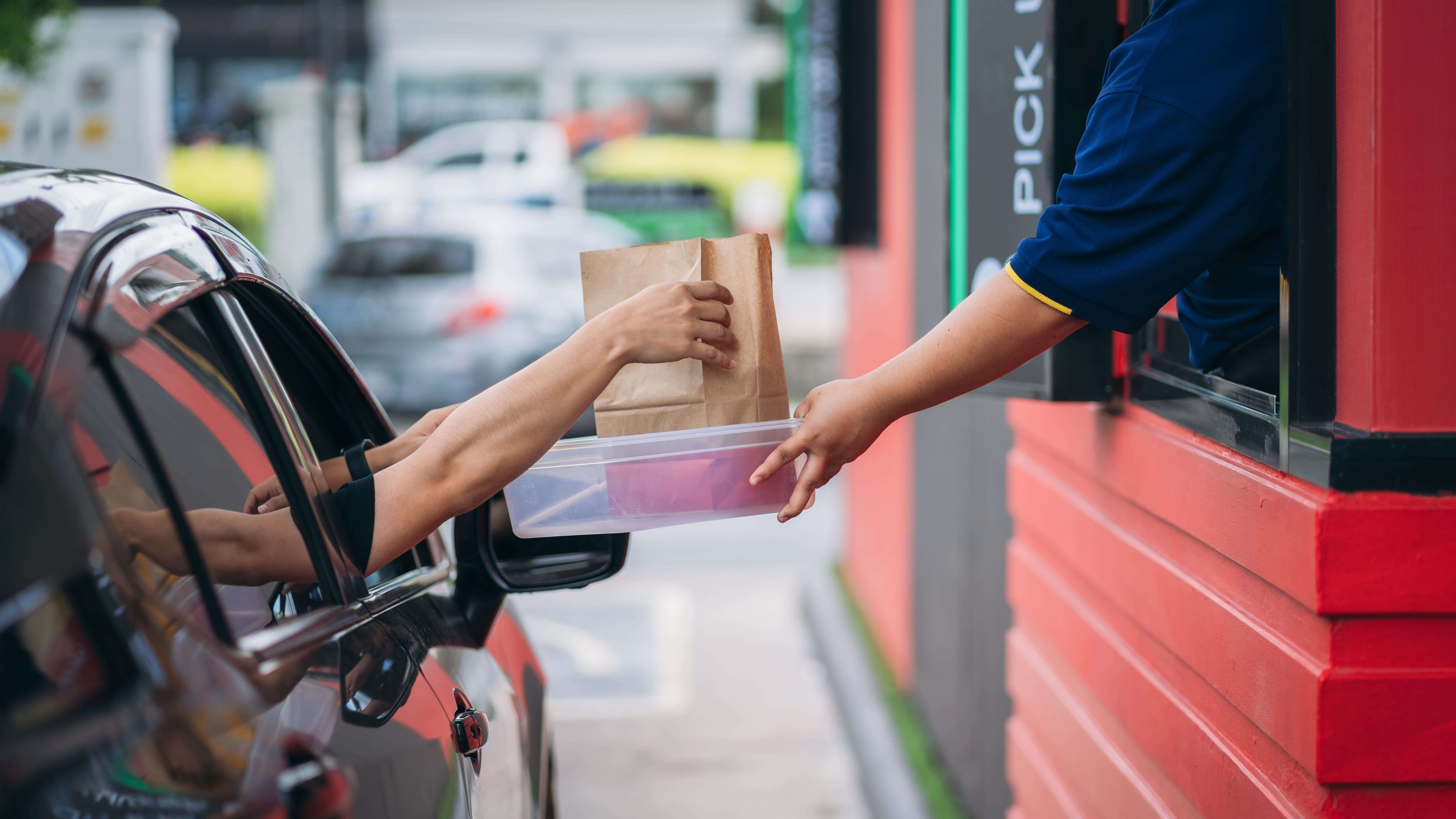McDonald’s Snap Wrap Returns: How Nostalgia Drives Sales
"People crave familiarity in a world that changes fast." That quote from a recent consumer trends report says everything you need to know about the McDonald's Snap Wrap comeback. At Torro, we specialize in breaking down the smartest marketing plays from global brands, and McDonald’s just ran a textbook example of a fast food marketing strategy. This blog will explain why this comeback is bigger than a single menu item—it’s a masterclass in tapping into nostalgia and maximizing sales with proven tactics anyone can learn from.
The Power Behind the McDonald’s Snap Wrap Comeback
When McDonald’s announced the return of the Snap Wrap, the reaction was immediate: viral social media posts, news headlines, and lines at drive-thrus. This wasn’t a coincidence. It was a perfect use of a McDonald’s limited-time menu strategy that triggers FOMO (fear of missing out) and spikes short-term demand. McDonald’s understands that consumer attention is scarce, and timing is everything. By building anticipation and limiting availability, they create a perfect storm of demand and urgency. The Snap Wrap isn’t just back—it’s back with purpose, driving consistent foot traffic and brand mentions across platforms.
Fast Food Nostalgia Works, Every Time
Brands love nostalgia because it taps into positive memories and strong emotions. Some of the most effective nostalgia marketing examples come from fast food giants who understand the power of the past. Remember the McRib? Or Taco Bell’s Mexican Pizza? Each return generates massive conversation and spikes in sales. The reason is simple: people attach feelings to experiences, and food is one of the strongest memory triggers. For McDonald’s, the Snap Wrap represents more than just a menu option—it reconnects consumers with simpler, enjoyable moments from their past.

Why McDonald’s Brought Back the Snap Wrap
So, why McDonald’s brought back the Snap Wrap is simple: demand was too big to ignore. Over the last few years, McDonald’s has faced constant social media pressure to revive the fan-favorite item. With Gen Z and millennials increasingly influencing food trends, McDonald’s wisely tapped into this ongoing conversation to reignite interest and generate viral buzz. This move demonstrates a critical lesson for businesses—listening to your customers can directly lead to high-impact decisions that reward both the brand and its audience.
The Marketing Blueprint Behind the Snap Wrap
The Snap Wrap comeback wasn’t random. It followed a clear, deliberate menu item comeback strategy built on timing, customer feedback, and social media buzz. By monitoring online chatter, McDonald’s capitalized on pre-existing demand. The limited-time rollout further fueled the hype, making the product feel exclusive and desirable. The beauty of this strategy is its simplicity—it leans on nostalgia, creates urgency, and uses existing fan excitement as a megaphone to reach wider audiences without massive advertising spend.

Snap Wrap McDonald’s Review: Early Buzz
If you search for a Snap Wrap McDonald’s review, you’ll already see glowing reactions from fans happy to have it back. TikTok, Instagram, and YouTube are filled with enthusiastic foodies sharing their first bites and favorite memories tied to the Snap Wrap. Beyond the flavor, the broader impact is brand relevance. When customers become content creators, they transform into powerful, unpaid brand advocates. This is the modern-day word-of-mouth that delivers incredible ROI for brands like McDonald’s.
Lessons from Successful Fast Food Comebacks
There’s a pattern with successful fast food comebacks. It starts with listening to your audience, reintroducing products with a limited-time hook, and pairing it with strong digital marketing. Brands like McDonald’s, Taco Bell, and Wendy’s have perfected this cycle. Each return is treated like an event, not just a product launch. This approach fuels short-term sales, enhances brand equity, and maintains cultural relevance. McDonald’s hits every point with the Snap Wrap, showing businesses across industries how to reignite excitement without having to reinvent their offerings.

What Businesses Can Learn From McDonald’s Snap Wrap Comeback
Fast food is competitive, but McDonald’s shows how to stay on top. Their fast food marketing strategy is about more than food—it’s about culture and timing. By tapping into customer nostalgia, McDonald’s builds deeper loyalty and drives short-term sales spikes. Businesses in any industry can use this playbook: identify beloved products, listen to your customers, create scarcity, and drive engagement through cultural conversations.
How Nostalgia Drives Sales
How nostalgia drives sales comes down to human psychology. Nostalgia reduces price sensitivity, increases impulse purchases, and strengthens brand attachment. Studies have shown nostalgic triggers make people more likely to spend, especially on comfort products. McDonald’s uses this to perfection, turning a simple Snap Wrap into a multi-million dollar revenue boost while reinforcing their position in pop culture.
Frequently Asked Questions
What is the McDonald’s Snap Wrap comeback?
The McDonald’s Snap Wrap comeback refers to McDonald’s bringing back their popular Snap Wrap menu item after overwhelming customer demand and social media buzz encouraged its return as a limited-time offering to drive sales and brand engagement.
How does McDonald’s limited-time menu boost sales?
McDonald’s limited-time menu boosts sales by creating a sense of urgency, encouraging immediate purchases, increasing foot traffic, and driving high engagement across digital platforms through scarcity and excitement.
What are nostalgia marketing examples in fast food?
Nostalgia marketing examples in fast food include McDonald’s McRib, Taco Bell’s Mexican Pizza, Wendy’s spicy chicken nuggets, and Burger King's crown-shaped nuggets. These comebacks reignite emotional connections and generate significant social buzz leading to higher sales.
Why do brands bring back old menu items?
Brands bring back old menu items to capitalize on nostalgia, customer demand, and social media trends. This tactic refreshes brand relevance, attracts media attention, and delivers short-term revenue spikes with minimal product development costs.
How can businesses use nostalgia to drive sales?
Businesses can use nostalgia to drive sales by identifying popular past products or experiences, timing their return strategically, creating limited-time availability, and amplifying the rollout through influencer partnerships and organic social media content.
Ready to Build Your Brand’s Next Viral Moment?
At Torro, we help businesses build unforgettable marketing strategies that connect with their audience. Whether it’s reviving an old product or launching something entirely new, our team knows how to generate buzz, drive sales, and make brands memorable. We’ve helped countless brands break through the noise by understanding what makes their audience tick. Contact us today and let’s get started on your next success story.




